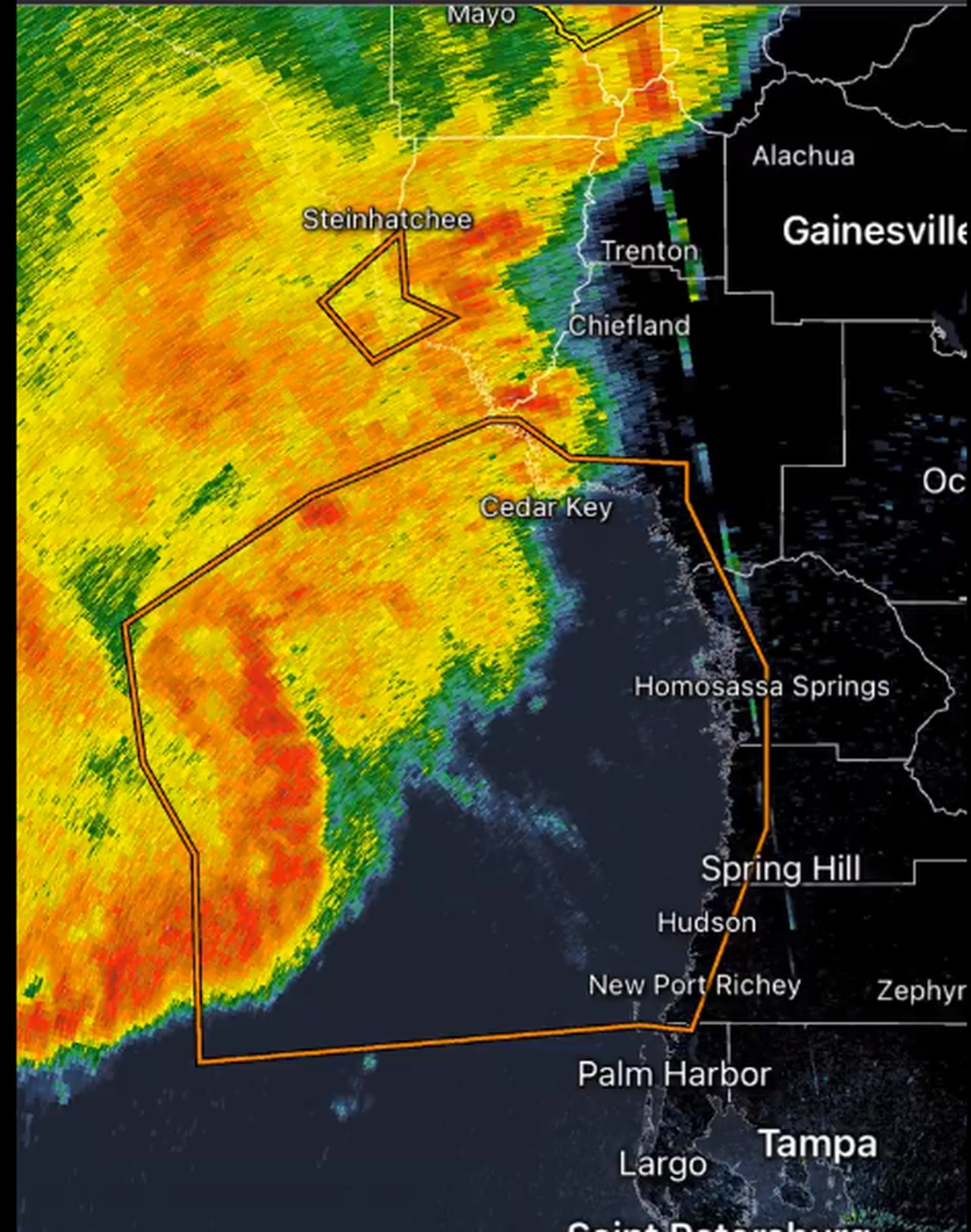Whatâs a meteotsunami? Was there one in the Gulf?
Storms in Florida near Clearwater on Wednesday may have triggered a mini tsunami along the coast, according to weather watchers.
Video from The Weather Channel showed chairs washed up on the beach in Clearwater on Wednesday afternoon after a line of storms rolled onto the coast. The storms apparently triggered a water level rise of about 5 feet along the shoreline.
Weather Channel meteorologist Ari Salsalari first brought attention to the incident this week and said it was caused by a meteotsunami.
It’s a real thing. According to NOAA’s Ocean Service, meteotsunamis are large waves that scientists are just beginning to better understand.
Tsunamis are triggered by earthquakes, but meteotsunamis are caused by weather and pressure differences with things such as severe storms, squalls or storm fronts.
According to NOAA, the storm can generate a wave that moves toward the shore and is made bigger by a shallow continental shelf and inlet, bay or other coastal feature.
Meteotsunamis have been seen reaching heights of 6 feet or more. They occur in many places around the world, including the Great Lakes, Atlantic Coast, and the Mediterranean and Adriatic Seas.
And the Gulf Coast, it turns out.
According to information from Purdue University, meteotsunamis are most common from late spring to early summer.
Most meteotsunamis are too small to notice.
However, bigger ones can generate damaging waves, flooding and strong currents can last from several hours to a day and can cause significant damage, injuries and deaths.
In the U.S., conditions for destructive meteotsunamis are most favorable along the East Coast, Gulf of Mexico and in the Great Lakes, and according to NOAA they could bring a greater threat than earthquake-generated tsunamis.
A NOAA report said there were an average of 25 meteotsunamis along the U.S. East Coast annually.
One of the more notable meteotsunamis on the Gulf Coast, according to NOAA, was on the Florida peninsula on March 23, 1995. A wave that was reportedly 3 meters high struck the coast from Tampa to Naples and caused minor injuries and damage.
The strongest meteotsunami on record happened in June of 1978 in Vela Luka, Croatia. Waves reached 19.5 feet and lasted several hours. According to NOAA “significant damage” resulted to the port and boats.
